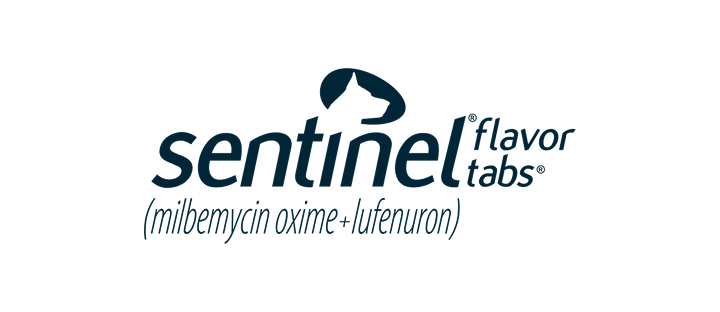While up to 50% of horses are overweight, some are on the opposite end of the body condition scale. If your horse is underweight, they may benefit from gaining a few pounds to help them stay warm in the winter. They may also be in need of extra “cushion” under the saddle to help them stay comfortable during rides. Here’s how you can help your skinny horse achieve their ideal body condition.
Checking Body Condition
Learn to evaluate your horse’s body condition to decide if they are truly underweight and how much weight they can stand to gain. You should check your horse’s body condition every two weeks to see if your efforts to add bulk are paying off.
The Henneke Horse Body Condition Scoring System is a simple and universal way to gauge your horse’s body condition. It uses a scale of 1-9, 1 being the thinnest. To evaluate your horse, look at each of six areas individually: their tail head, crease down their back, their withers, back of neck, ribs, and area behind the shoulder. Use your hands to feel the fat covering each area.
Your horse’s fat covering across their body can vary depending on their conformation, the type of work they do, the age, and their breed. A horse with high withers may feel bony in that area, but may have plenty of fat covering on their tail head, for example.
When in doubt, just ask your veterinarian to evaluate your horse’s weight.
Why Horses Become Underweight
Before you make any changes to your horse’s diet or activity regime, it’s crucial to see your veterinarian to rule out any underlying medical conditions or sources of pain that may be contributing to weight loss or an inability to gain weight.
Dental pain is a common cause of sudden weight loss in older horses, though it can affect horses of any age. You might notice telltale signs like spitting out food, favoring one side of their mouth, and reluctance to drink cold water.
An internal health issue like a gastric ulcer or intestinal parasites can also affect your horse’s weight.
Some horses are just hard keepers. They may burn a lot of calories during work or participating in athletic activities, or they may just be genetically predisposed to a fast metabolism.
How To Put Weight On A Skinny Horse
Once you’ve ruled out any underlying medical causes and made sure your horse has free access to forage, you can consider supplementing calories to help them gain weight.
Grain can add calories to your horse’s diet, but it’s generally not a good idea to rely on it for weight gain. The high starch content in grain feeds can make them hard to digest, potentially leading to digestive issues like ulcer and colic if fed in excess.
Clover hay is higher in calories and protein than other types of forage, making it a good choice for hard keepers. It’s also more palatable, great for picky eaters. Alfalfa hay and beet pulp, too, are higher in calories per pound than other types of forage.
You can also add a source of fat to your horse’s diet. Rice bran, sunflower seeds, and linseed are all good sources of fat. Fat sources that contain omega-3 fatty acids, such as flaxseed oil and chia seeds, have anti-inflammatory and coat-boosting properties, so they’re an especially beneficial addition to your horse’s diet.




































